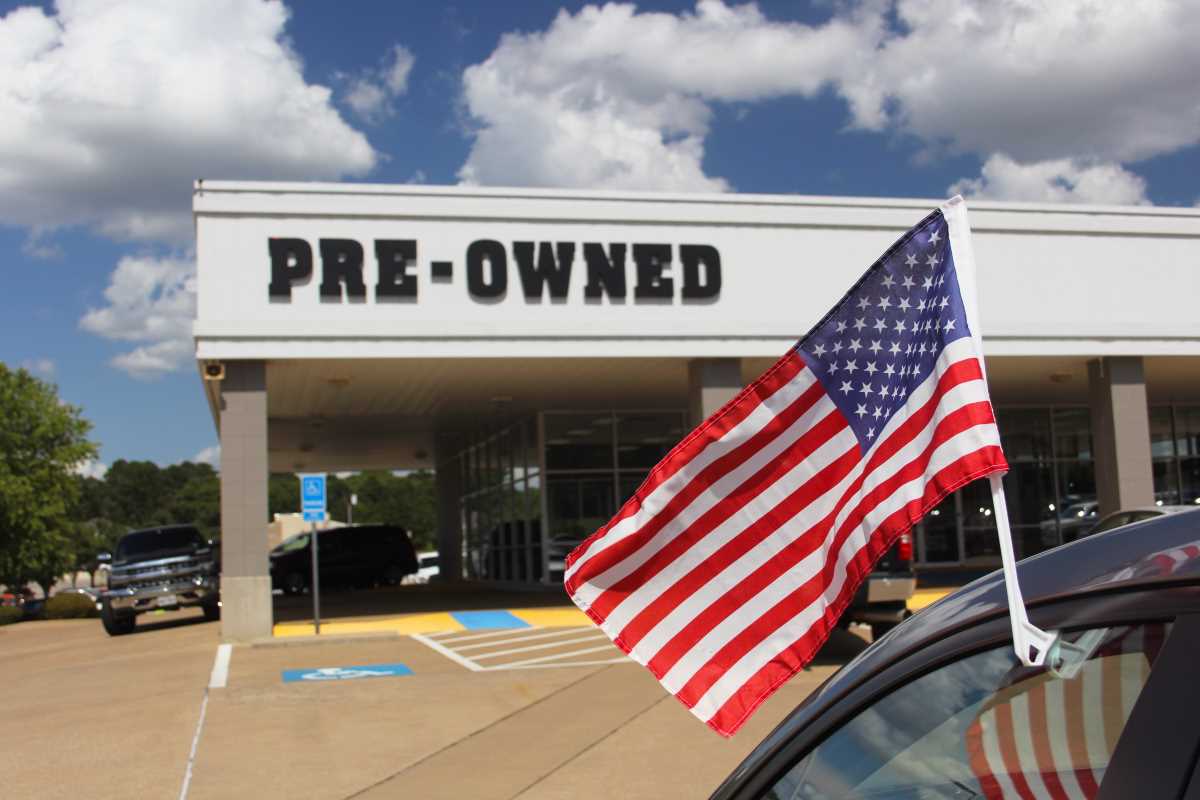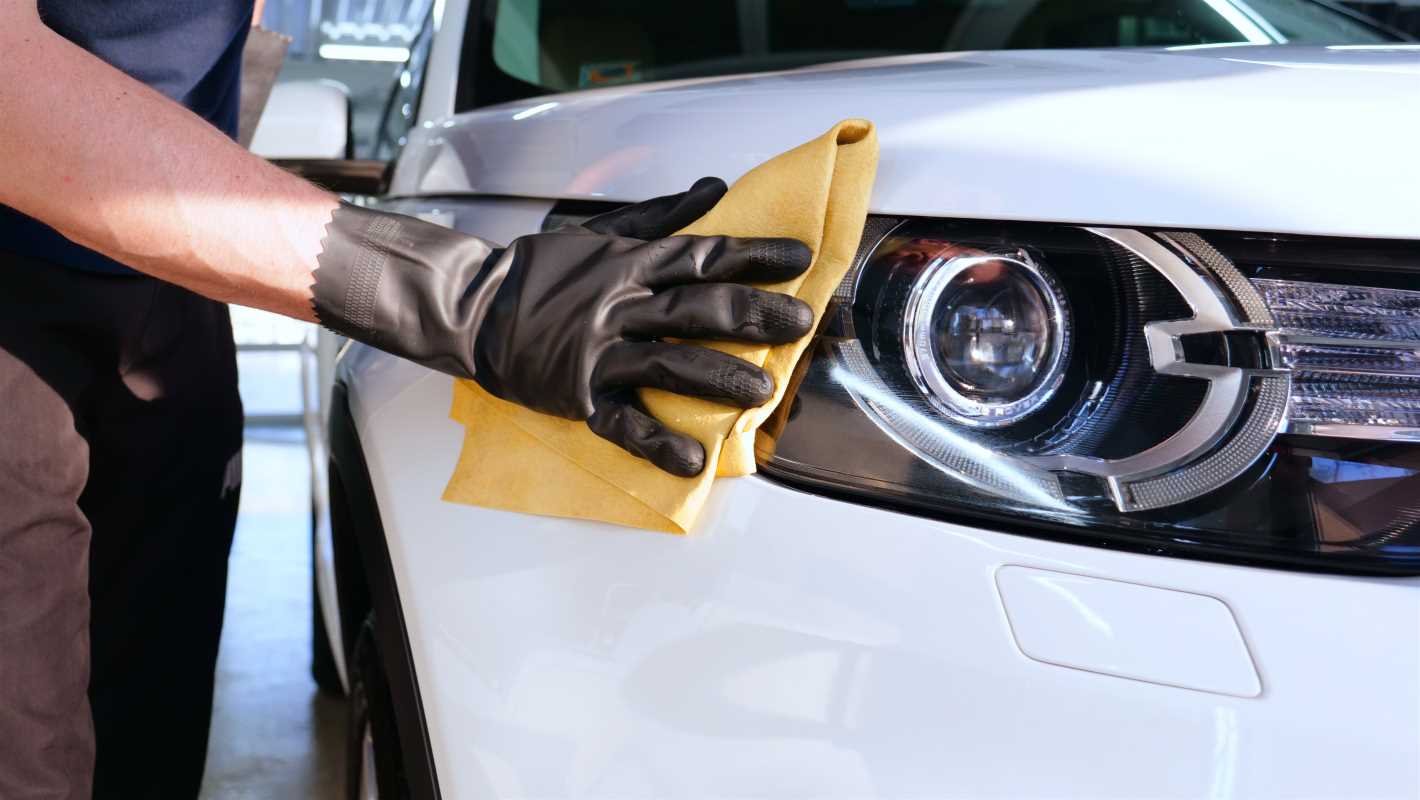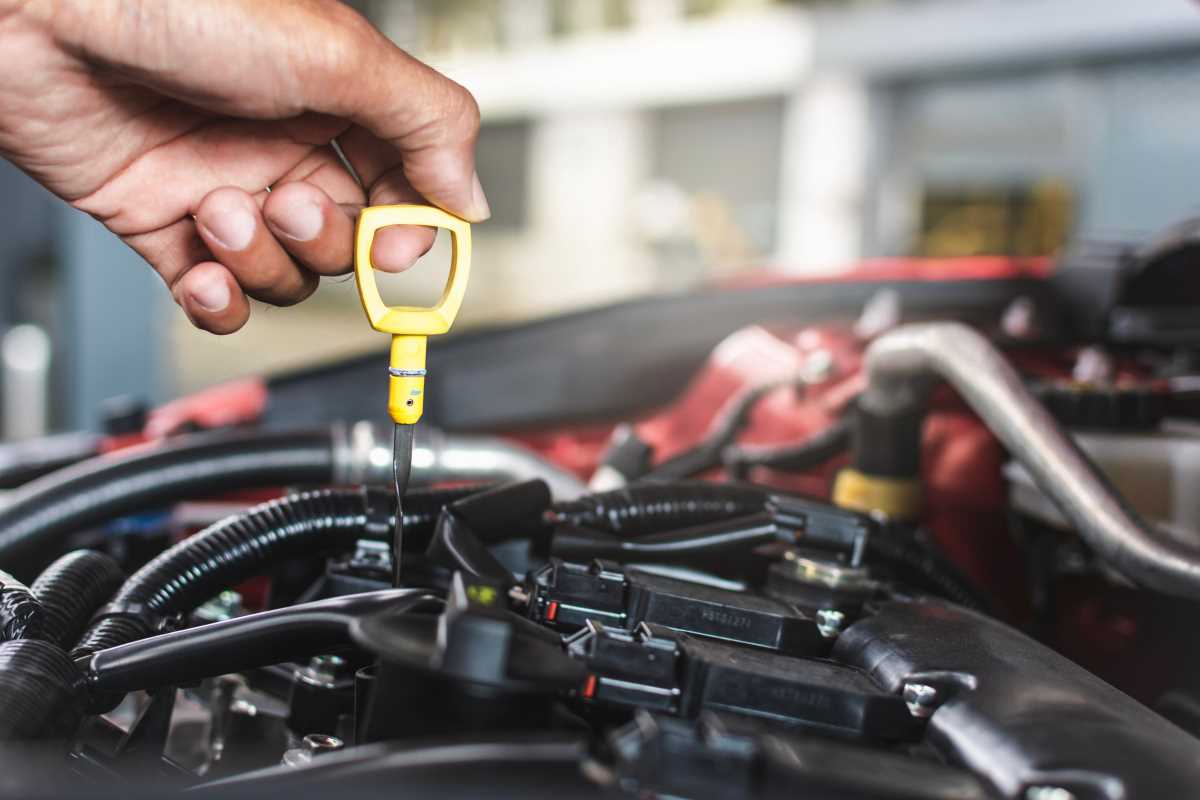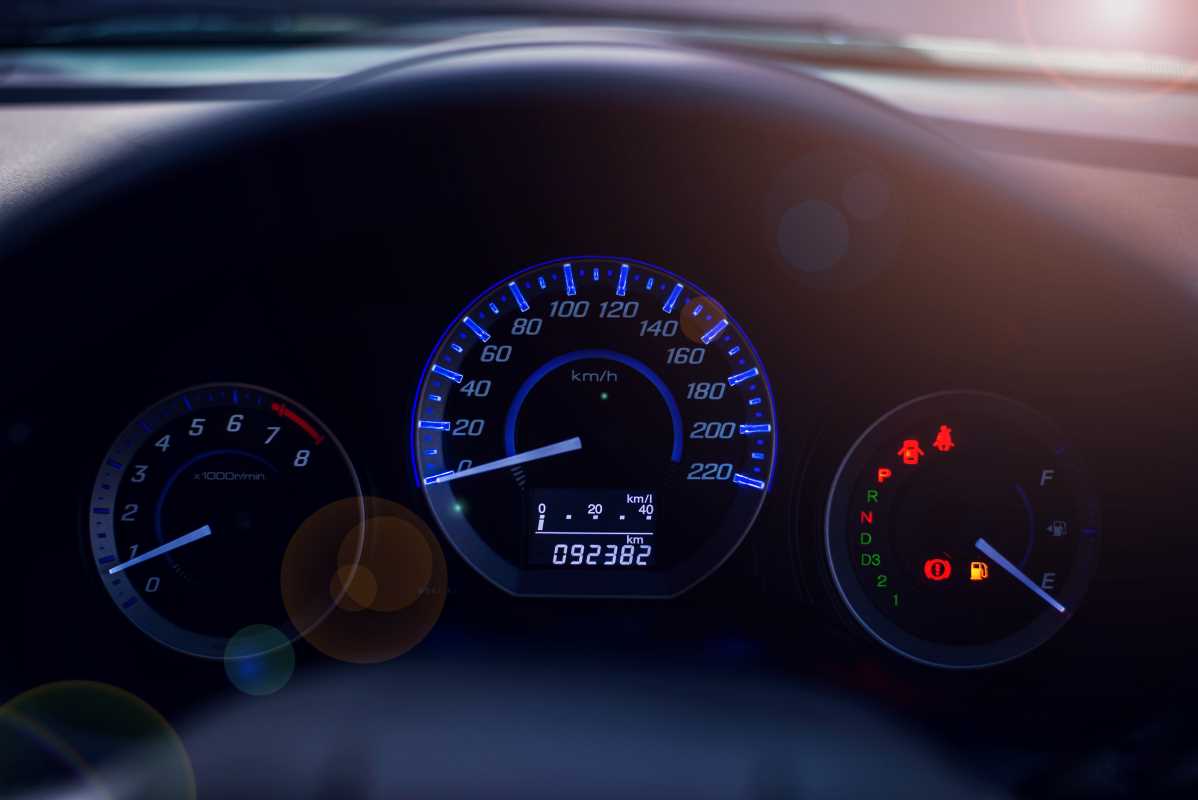Selling a car isn’t just about finding a buyer and shaking hands over the deal. There’s an important legal step you need to handle before you’re officially off the hook as the car’s owner. This step, known as transferring ownership, ensures that the title of the vehicle is moved from your name to the buyer's name. Missing this step doesn’t just leave you stuck with lingering paperwork; it can also make you liable for what happens with the car after you’ve sold it. Don’t worry, though. Transferring ownership might sound intimidating, but it’s a straightforward process once you know what to do. Here’s everything you need to know to ensure a smooth transfer.
Understanding the Title
At the heart of transferring ownership is the vehicle’s title, which is essentially the car’s birth certificate. The title proves ownership and contains essential details such as the vehicle identification number (VIN), make, model, and the name of the owner. Without it, a buyer can’t register the car in their name, and you won’t be officially free from ownership responsibilities.
Before you do anything else, locate your title and make sure it’s in good shape. If you’ve lost or misplaced it, contact your local Department of Motor Vehicles (DMV) to request a replacement. Keep in mind that this could take some time, so plan ahead. It’s critical to have the title in hand before finalizing a sale.
Make sure there’s no lien on the car too. If you financed the vehicle and haven’t fully paid it off, the bank or lender will still technically own part of it until you settle the remaining balance. Check with your lender to confirm the steps for having the lien removed so you can transfer clear ownership to the buyer.
Signing Over the Title
Once you and the buyer agree on a sale, signing over the title is one of the most important steps in transferring ownership. Depending on your state, the process may be slightly different, but it generally involves signing the back of the title and filling out key details. Most titles will ask for information like the buyer’s name and address, the sale price, and the odometer reading at the time of the sale.
Be extremely cautious when filling out the title. Use a pen, write legibly, and double-check every section. Mistakes like crossing out numbers or leaving fields blank can make the title invalid, forcing you to go through extra steps to fix the errors. You’ll also need to include the date of sale, as this marks the cutoff point for your legal responsibility as the car’s owner.
Don’t forget to verify that the buyer has signed where required as well. Both parties need to complete their respective sections of the document to ensure everything is official.
Issuing a Bill of Sale
Although not always legally required, a bill of sale is a good idea for added protection. Think of it as a receipt for the transaction. It records the agreement between you and the buyer and includes critical details such as the vehicle’s information, the purchase price, and the date of the sale.
Some states mandate a bill of sale during the title transfer process, so check your local regulations to determine if you need one. Even if your state doesn’t require it, providing a bill of sale can serve as a helpful record in case a dispute arises later. For example, if a buyer claims you misrepresented the condition of the car, the bill of sale can show proof of the transaction terms.
Make sure the bill of sale includes identifying details like the car’s VIN, both buyer and seller information, and any special conditions of the sale, such as “as-is” wording. Both parties should sign the document, and it’s smart to keep a copy for your records.
Smog Checks and Inspections
Depending on where you live, there may be additional requirements like smog checks or safety inspections before you can transfer ownership. These requirements vary by state and are often dependent on the type and age of the vehicle.
For example, in states like California, the seller is typically responsible for providing a valid smog certificate. If your car fails the smog test, you’ll need to repair the issue before finalizing the sale. On the other hand, some states allow buyers to handle these requirements after the transaction, so it’s worth clarifying who’s responsible early in the process.
Be sure to gather any inspection paperwork required by your state and share it with the buyer at the time of sale. Meeting these legal obligations can prevent delays or complications when the buyer goes to register the car.
Canceling Your Registration and Insurance
Once the car is sold, you’ll want to cancel or transfer your registration to fully relieve yourself of legal responsibility for the vehicle. This typically involves filing a Notice of Transfer and Release of Liability with your state’s DMV. The document informs the state that the car is no longer yours, so you’re not on the hook for things like parking tickets or accidents involving the vehicle after the sale.
Most states allow you to file this notice online or in person, and it’s a quick process that could save you a lot of headaches later. Be sure you have all the necessary details, including the new owner’s name and address, the sale price, and the VIN.
You’ll also need to notify your insurance company about the sale. Cancelling your policy or removing the car from your coverage ensures you won’t continue to pay for insurance on a car you no longer own. If you have another vehicle on your policy, you might even get eligible for a refund or credit for unused coverage.
Handling Taxes and Fees
One common misconception about selling a car is that the seller is entirely off the hook for any additional costs once the sale is complete. While it’s true that the buyer typically pays sales tax and registration fees as part of the ownership transfer, there could still be financial considerations for you as the seller.
For instance, some states charge a small fee to file a release of liability or a similar document. If you’ve paid property taxes on the vehicle in advance, double-check whether you’re entitled to a refund, especially if the sale occurs early in the tax year.
Ask your DMV if there are any seller-related fees or taxes tied to the transaction. Knowing what to expect in advance can save you from any last-minute surprises.
Tips for a Smooth Ownership Transfer
Preparation is key to a smooth ownership transfer. Before meeting with the buyer, take the time to gather all necessary documents, including the title, bill of sale, and any inspection certificates required by your state. Verify that everything is accurate and complete so you don’t have to deal with corrections later.
It’s also smart to handle the transfer in person whenever possible. Meeting with the buyer at the DMV ensures that all paperwork is completed accurately and that the title is officially transferred on the spot. This avoids potential complications, like a buyer failing to sign the title or delay registration.
For your safety, only accept secure forms of payment, such as a cashier’s check or bank transfer, to avoid scams. Never hand over the title or keys until you’ve confirmed payment.
Transferring ownership when selling a car might seem overwhelming at first, but by understanding the process and staying organized, you can breeze through it with minimal stress. Each completed step not only ensures your sale is lawful but also protects you from unnecessary liability, making it a win-win for both you and the buyer.







